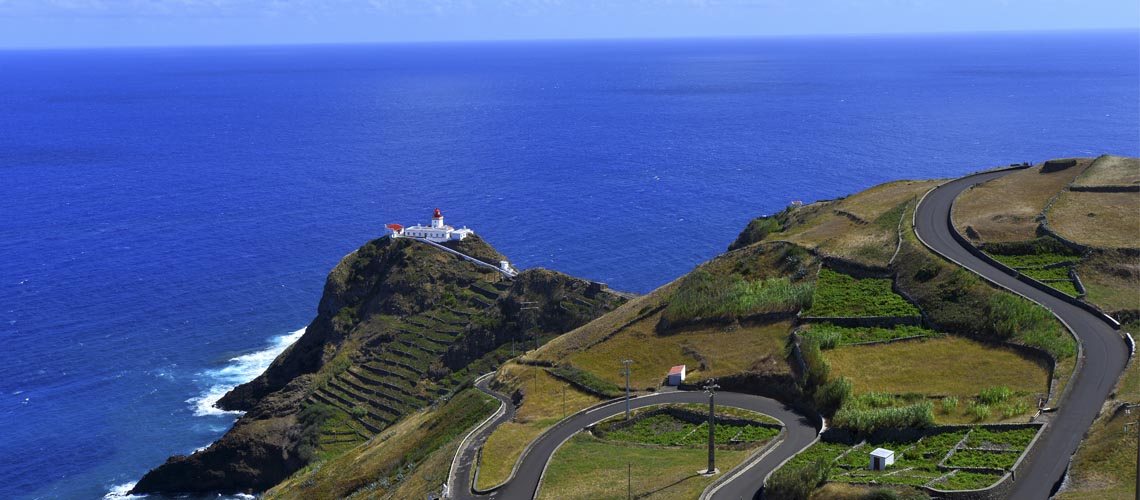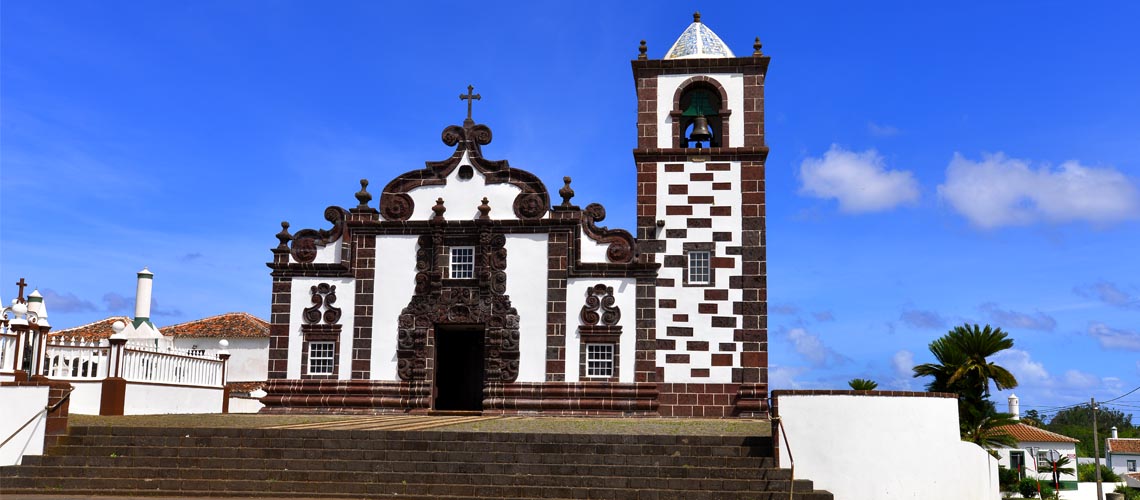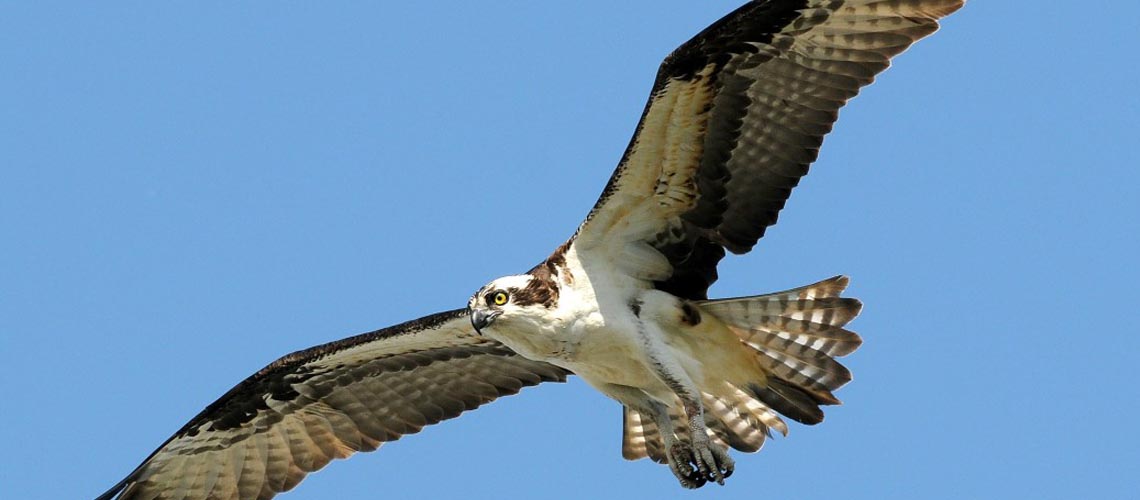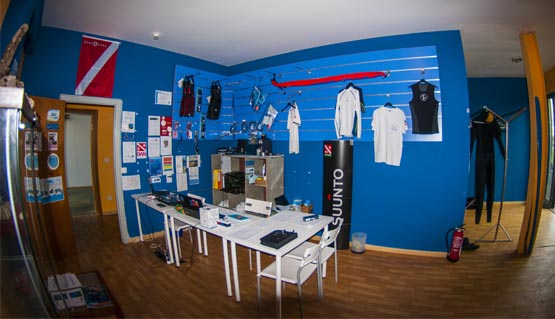Filipe Silva
Base Leader filipe.silva@haliotis.ptDiving certifications PADI Master Scuba Diver Trainer
Emergency First Response Instructor
Nautical certifications Local Skipper
Academic formation Marine Biology
It is always a surprise
every dive on this island.

All nine islands from the Azores are volcanic and located between 37° e 40° North and 25° e 31° West, being the most western part of the european continent in Flores Island. 244 780 persons live there (2008 data).
It stays 1 815 km from Europe (Portugal) and 2 625 km from north-america (Canadá).
The islands of the archipelago were divided into three geographical groups: the Eastern Group, composed of Santa Maria and São Miguel, the Central Group includes the islands of Terceira, Graciosa, São Jorge, Pico and Faial and the Western Group constituted by the islands Corvo and Flores.
The Azores has a maritime climate with mild temperatures ranging from 16 º C (60 º F) in winter to 26 º C (79 º F) in summer Sea temperatures are influenced by the Gulf Stream, and they too mild and between 14 º C and 22 º C in average.
Santa Maria is different from all the other islands. This difference makes the visit interesting, because the south and east from the island and his climatic condition become warmer and drier at this point, that´s reflected in the landscape, also very fertile. The built environment for the higher incidence of colonization in Alentejo (which was not affected by weather) also scored well relative autonomy of the other islands of the archipelago (autonomy, on the other hand, you can see also incorporated in the landscape of the Azores).

Santa Maria Island stretches 16.6 km long and 9.1 km at its widest point, occupying an area of 97 km2, inhabited by 5,574 people (2008 data). Santa Maria is part of the Eastern Group of the Azores archipelago, along with the island of São Miguel, which is 81 miles distant. The highest point of the island, 587 m above sea level, is located in the High Peak, 36 ° 58'59'' north latitude and 25 ° 05'26'' west longitude.

Santa Maria is distinguished from other Azores islands by the terrain and climatic, geological and morphological features.
The geological history of the islands leads to intense volcanic activity that emerges during the past 10 million years, alternating with periods of calm and fluctuations in sea level with concomitant episodes of intense erosion. Consequently, the island, which contains the oldest geological formations of the archipelago, these forms have changed very often because of the volcanic activity and higher erosion rates, compared to the other islands of the archipelago. Also presents significant outcrops sedimentary rocks with abundant and diverse fossil, content and exposes abundant submarine lava outcroppings. Its geographical location, climate, volcanic activity and sea level fluctuations have affected and certainly contributed to its evolution and geodiversity mostrand here.

Some attributed to Diogo Teive the first contact with the Portuguese island, probably in 1427. Others defend the name of Gonçalo Velho Cabral, navigator and friar of the Order of Christ, as land developer, in 1431. It is almost certain that Mary was the first contact with the archipelago of the Azores, which is the first settlement and effort insular, around 1439, when the donee Gonçalo Velho and a group of settlers established ties in Praia dos Lobos. The entry of new families of continental Portugal, especially the Algarve and Alentejo, contributes to the development of St. Mary, so that the location of the port is the first to receive the Azores city charter. The local economy is based on agriculture and then plant pastel dye that extracts the blue dye that was used to stain tissues in Flanders, also wheat production, essential basis of the power of the time, and extraction clay, used for producing tiles and crockery.
In 1493, the Santa Maria welcomed the ships of Christopher Columbus on his return from the first voyage of discovery of America. Landings of other foreign ships were most ferocious during the sixteenth and seventeenth centuries, as the subsequent looting of the All Flags English, French, Turkish and North African Arabs Pirates. In 1616, we live under Arab occupation for nearly a week. According to legend, the people took refuge in the Cave of Santana to escape the looting, arson, torture and kidnapping. Also in 1675, the Moorish pirates stalked the Bay of Angels, and they marched were carried prisoners to sell as slaves.
After the glow of exports of the textile industry, the eighteenth and nineteenth centuries were characterized by promoting the cultivation of vines, wheat, corn, fruit, potatoes and sweet potatoes, along with cattle and dairy products. In moments of silence, the subsistence economy of the island invites sectors of the population to emigrate. The twentieth century brings another dynamic and progress, with the support of the construction of the airport. Initiated in 1944, the force of thousands of U.S. weapons and the Azores create the structure, it was considered strategic by the United States in anti-submarine warfare of World War II. After the conflict, the airport becomes a civilian airport and is adapted to scale aircraft to cross the Atlantic. In late 1960, the new aircraft greatest range make their stop in Santa Maria. However, the function of air traffic control large center in the Atlantic remains intact. At present, services are vital to the economy, followed by agro-pastoral and fishing.

At present we can not say that there is endemic in the Azores, that means no known species originate in the archipelago. However, some species that have been introduced in the Azores, with the passage of time, they developed a unique and native, especially in terms of color and size, so they are specific subspecies from the archipelago.
Being located in an optimal position for many migratory birds flying from north to south, from east to west on the planet, across the Atlantic, the importance of the Azores for these birds is vital for his rest, nesting and reproduction. Many nest are built on the cliffs by the sea, in the islets, in ponds or even in the most remote areas of the interior of the islands. Priolo, a little bird that once was thought extinct, was be rediscovered in the wild in the Azores and is now a protected species.
Among the species of birds that have adapted well to the archipelago is also the kite, the crow, the canary, the terrain, the dove-of-the-rock, wood pigeon, the shearwater, Tern, ... The dwarf Ferret, ferret, hedgehog and rabbit, all are wild species of mammals quite common here, the last considered is accepted as sport hunting. Already in freshwater rivers and lakes is normal to find some species of trout brown trout on rainbow trout, perch-likes, carp and pikes. These species not only enter in fishing activities,they also are in the menu of the restaurants on the culinary trail
A species that deserves special mention among those optimally adapted to the particular conditions of the Azores is precisely the line of the dog, Cao Filla, which is now a watch dog breed recognized nationally and internationally. It is a very intelligent dog, loyal, tenacious and hardworking, whose main function has been traditionally cattle guard and protect the islands. They are a breed approved by the Kennel Club of Portugal since 1984.

In the archipelago can be found about 60 endemic species of plants, shrubs and trees, taking into account that specific conditions, all are derivations of the species that were introduced in to the area. These include the Bay, the Queiró, Heather and Cedar. For more information, about 700 species have been introduced to the islands over the centuries, whether for commercial purposes or for decoration / aesthetics. The island's mild climate means that many of these species, which normally would have great difficulty surviving in other regions, here are developed with unusual vigor.
To add a special charm to the islands we can find some flowers, such as hydrangeas, camellias, azaleas or used as natural divisions of the properties, such as windbreaks or just for border roads. Even in the most remote areas of the vegetation of this part of the Macaronesia lends to its unique landscape beauty. The Mahogany Laurel, the Sanguinho among others are part of this group of rich vegetation.
The Cedars, which in many parts of the world are but a bush, in the Azores become large timber trees sold. Others, such as acacia or Cryptomeria, introduced in the archipelago of little more than a century has also gained importance over time.

In Santa Maria the dive season is only from June to October, due to adverse weather conditions in winter, fall and early spring.
The diving in Santa Maria is fantastic as there are several reserves, Pedrinha, Ambrósio, Ilhéu da Vila, Baixa da Maia and Dollabarat/Formigas, which allows to find large shoals of pelagic and sometimes more than a dozen blankets (Mobula tarapacana) in some places.
The water temperature varies between 19ºC and 24ºC so it is recommended a 5mm or 7mm suit. The visibility varies between 15 meters and 50 meters.
The dives are made in semirigid boats and sometimes the trips are long. Normally, we do not return to the boarding dock between dives, the surface interval being carried on board. To get to the Dollabarat/Forimigas reserve the trip is about two hours.
The dive in the Atlantic Ocean is very dynamic and the conditions vary from day to day, it is recommended to take medicines for seasickness, especially for those most susceptible to the state of the sea.
The dive is in general easy and there may be some momentary current and only in some places.






Know the characteristics.


Know our roots.

The outstanding conditions of Azores, combining climate with oceanic currents creates excelent conditions for diving with massive amounts of sealife. Here, Haliotis created another project, in the island of Santa Maria making the biggest local center.
Santa Maria spreads for 16,6 km long and 9,1 km wide, with an area of 97 km2, and 5 574 inhabitants. Santa Maria is part of the Oriental Group of the Azores Islands, together with São Miguel, wich stands 81 km away. Its highest peak, Pico Alto, reaches 587 m de altitude.
Around Santa Maria there are some 55 diving spots with caves, canyons, walls, reefs.... Again, oceanic big species are always a possibility even in the closer dives.

Meet the members of our team, who work daily to provide the best underwater experiences.

Filipe Silva
Base Leader filipe.silva@haliotis.pt
Ana Peixoto
Sales Department ana.peixoto@haliotis.pt
Ondine Dispagne
Freediving Instructor santamaria@haliotis.pt
Tomás Lourenço
Divemaster santamaria@haliotis.pt
Rita Farrim
Divemaster santamaria@haliotis.pt
Telm. +351 913 848 357
Tel. +351 262 781 160
Fax. +351 262 781 163
Telm. +351 913 123 828
e-mail: santamaria@haliotis.pt
Licenced by Instituto de Desporto de Portugal

All insurance by Mútua dos Pescadores

Operator Maritimo Turistico with licence Nº17 by Capitania do Porto de Peniche

Company registered in RNAAT with activities recognized as Nature Tourism

Licened by Instituto da conservação da Natureza

Company registered in RNAAT with activities recognized as Nature Tourism



